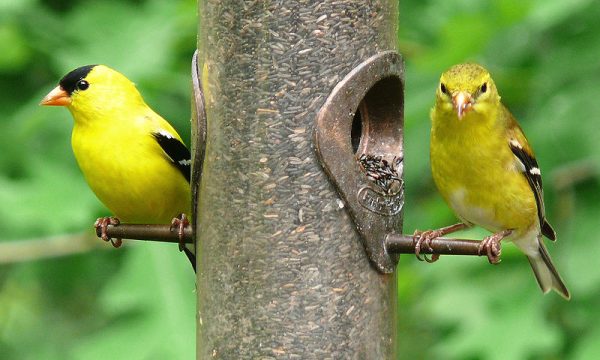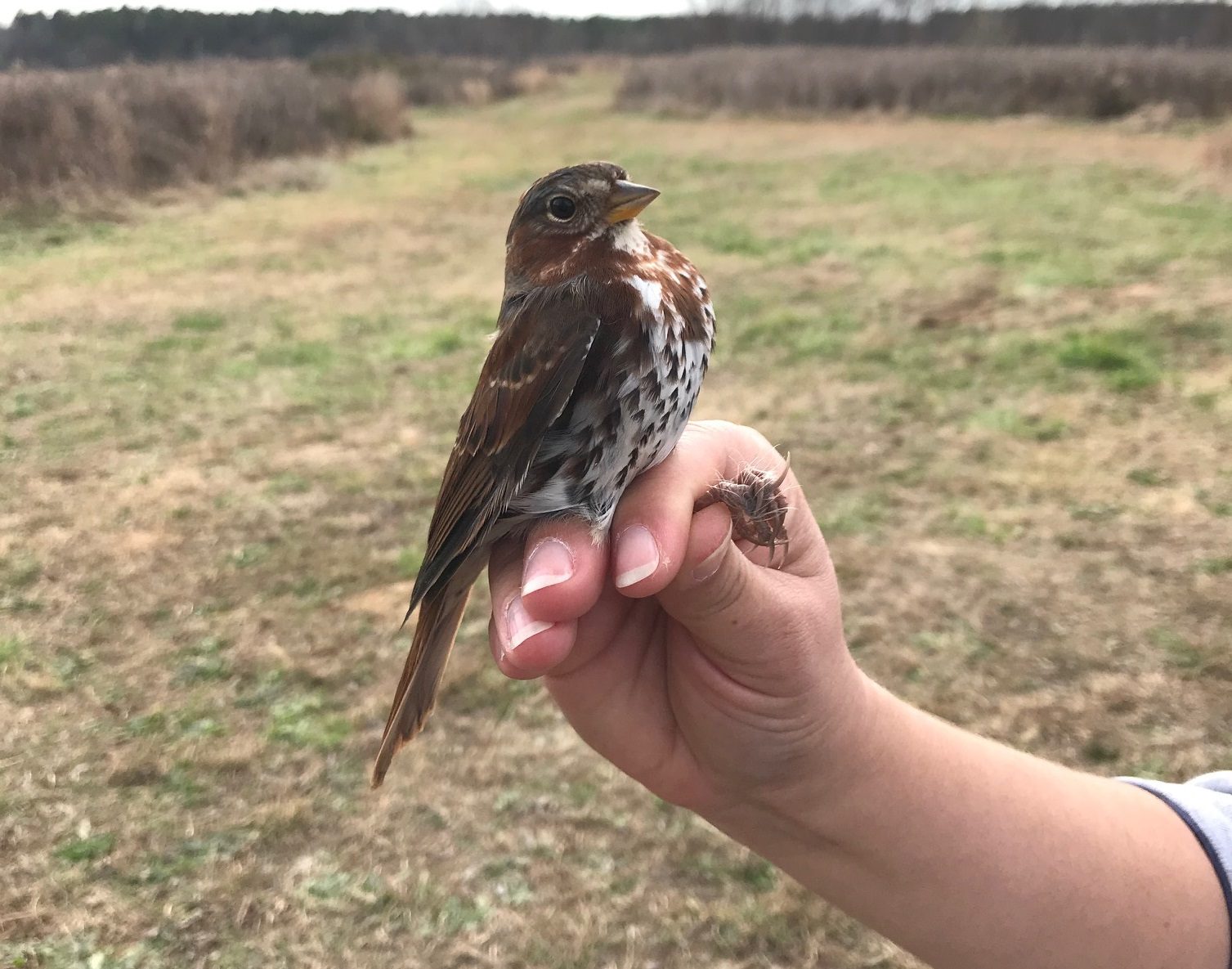How to give migrating birds some help this year

As fall arrives, migratory songbirds have begun journeying south for the winter. These birds traveled north in the spring to nest and raise their young, and now they are beginning to travel south to take advantage of the warmer weather and increased access to food. Some familiar migratory birds include hummingbirds, goldfinches, and many species of warblers. In the piedmont of North Carolina, we tend to see the peak of migration in early fall. The long migration journey is an energetically taxing one for songbirds. Luckily, there are a few things you can do in your own backyard to help migrants along in their journey.
- Plant native fall food sources: Native species like dogwoods, Crabapples, white oaks, cedars and even poison ivy provide important fall food sources for migrating birds. Plants that produce berries or seeds in the early fall that persist through the winter provide food for both migrants and winter residents. It is important to plant native species because of the benefits they provide for all species of wildlife. By planting native, you are providing a natural food source for wildlife that will ensure they are getting the most nutrition possible, unlike non-native species that can be toxic or indigestible to our native wildlife. Native species also attract a larger range of wildlife, providing the most benefit possible to numerous species.
- Make your windows bird-friendly: It’s estimated that up to 988 million birds are killed annually by striking windows and buildings in the United States. Several treatments can be applied to windows to reduce collisions. There are a few things that can be done to reduce the likelihood of window collisions in your home. One option is to apply patterns or decals to windows 2 inches apart. This reduces the reflective surface of windows, allowing birds to recognize their presence more easily. It is recommended that decals be applied to the outside of windows to make them the most effective.
- Turn off outdoor lights at night: Most birds migrate at night, using the moon and stars as navigational signs. The cooler temperatures help prevent overheating. The cover of nighttime also allows for reduced predation on smaller birds from raptors or outdoor cats who rely on sight to hunt. Bright outdoor lights can confuse migrating birds, disorienting their sense of location and making them more likely to collide with tall buildings. By turning off unneeded lights at night you can help lower light pollution levels and lower the risk of impacting migratory birds.
- Keep bird feeders clean: While cleaning bird feeders is important year round, it should be given extra attention during migratory months. Decomposing seeds and waste from visiting birds can make birds seriously ill, and diseases are spread as birds travel to other feeders. Regularly cleaning bird feeders will help prevent the spread of disease and keep visitors healthy. Feeders should be cleaned every two week at a minimum, and cleaned more frequently if there are unusually damp conditions. If you notice any sick or dead birds, remove feeders and report the occurrence to the NC WIldlife resources Commission.

A Savannah sparrow outside Charlotte. Photo: Kelly Douglass
Most importantly, do not forget to get outside and enjoy the migration. Early mornings in September and October provide exciting opportunities for bird watching as less commonly seen species are passing through our state. It provides an excellent opportunity to learn more about North Carolina’s exciting list of wildlife, so grab your field guide and get ready to observe.
Emily Callicutt is a land protection specialist at the Three Rivers Land Trust.
Emily Callicutt